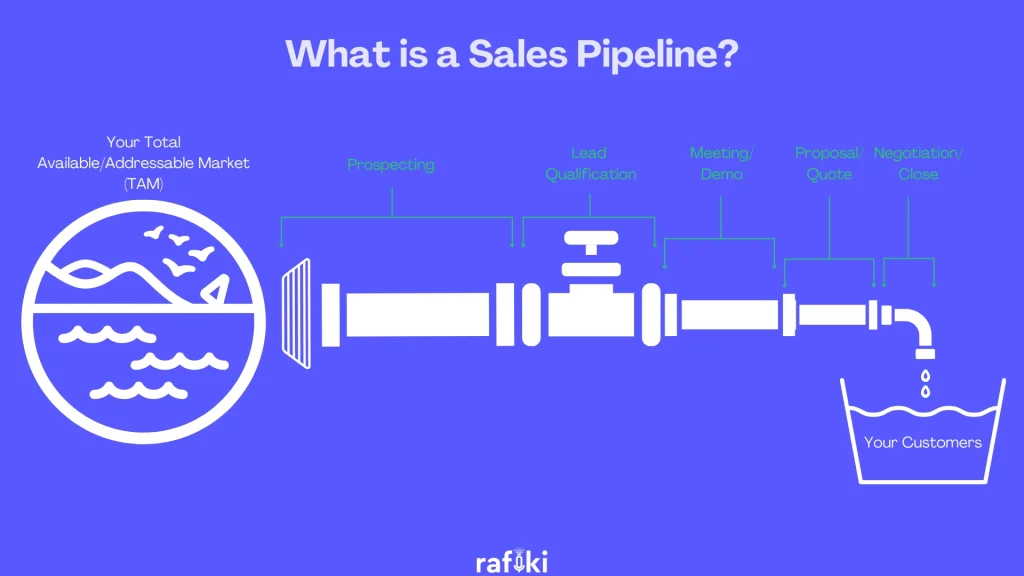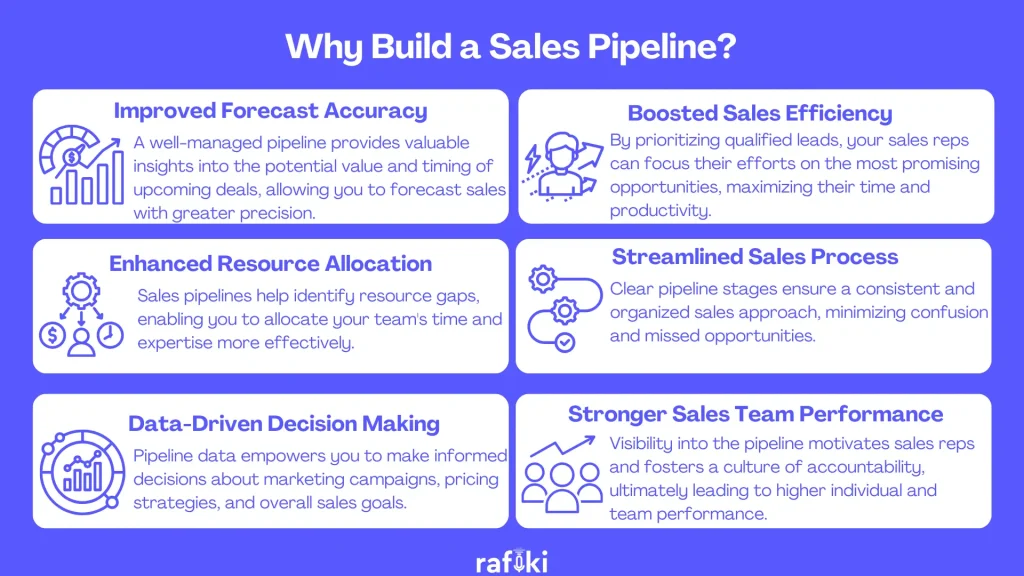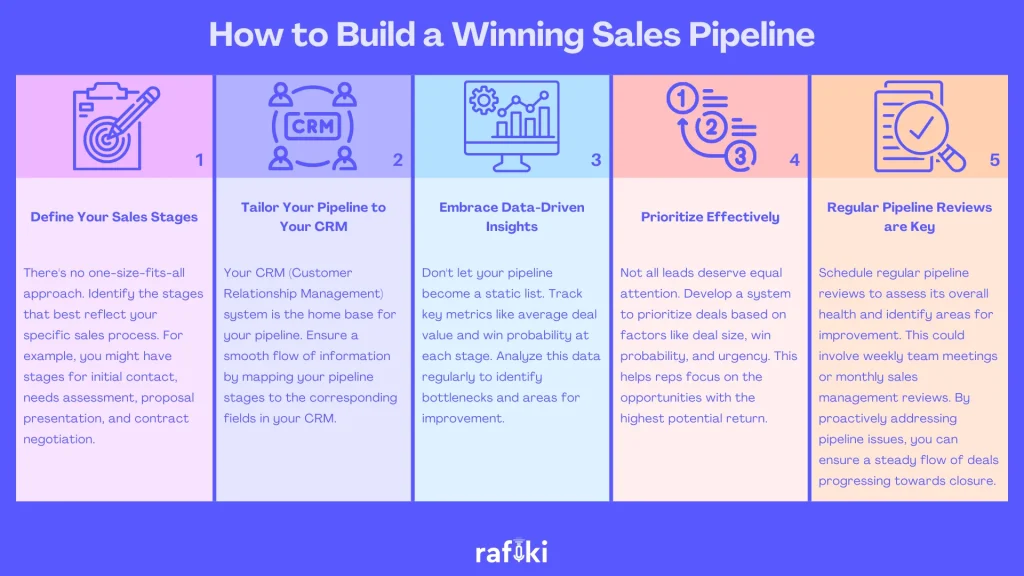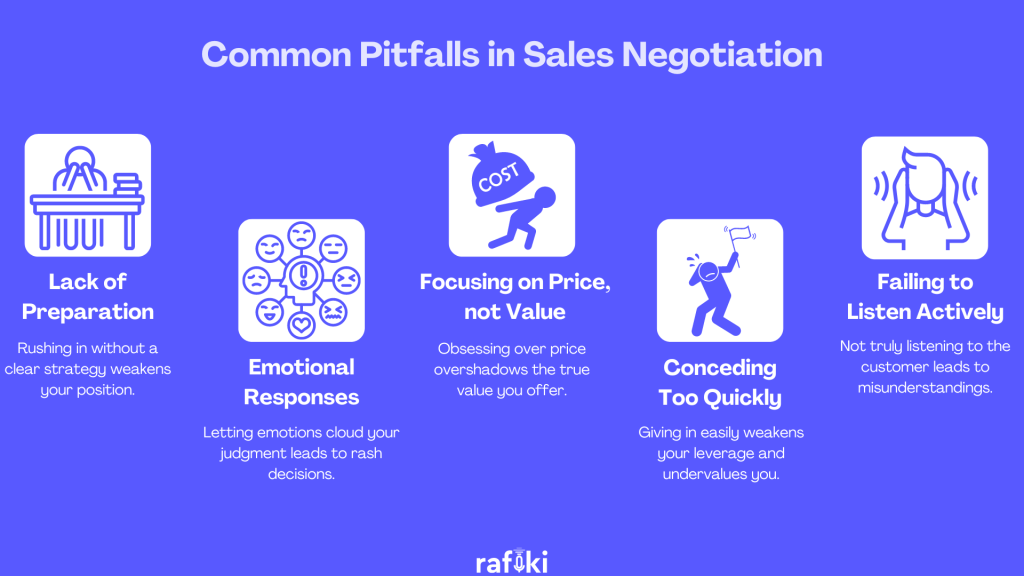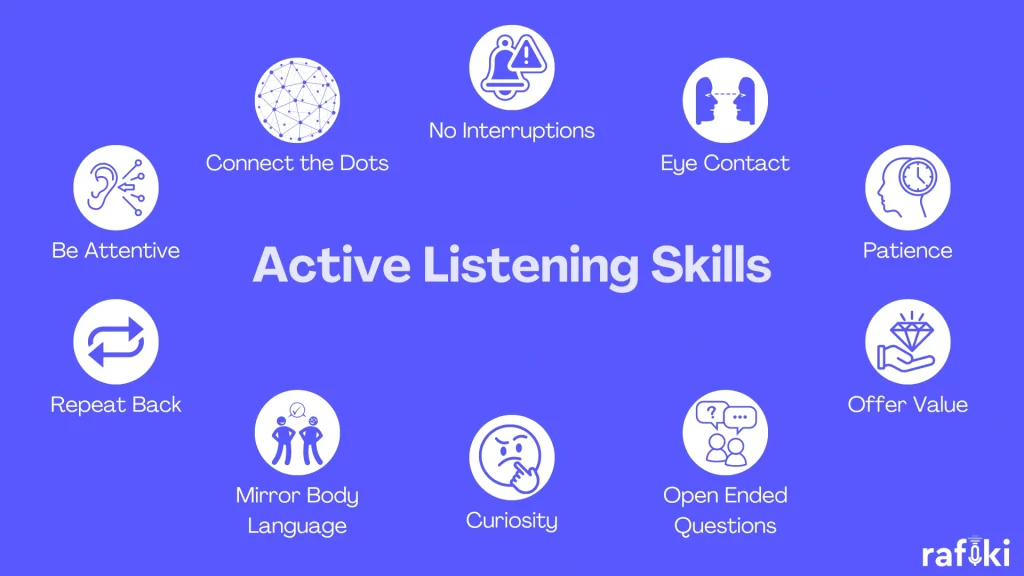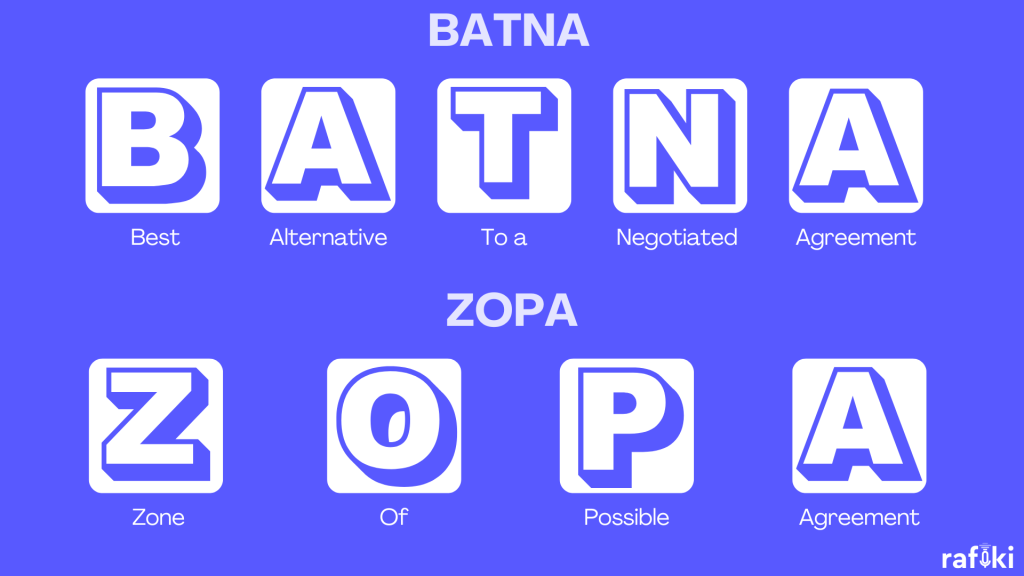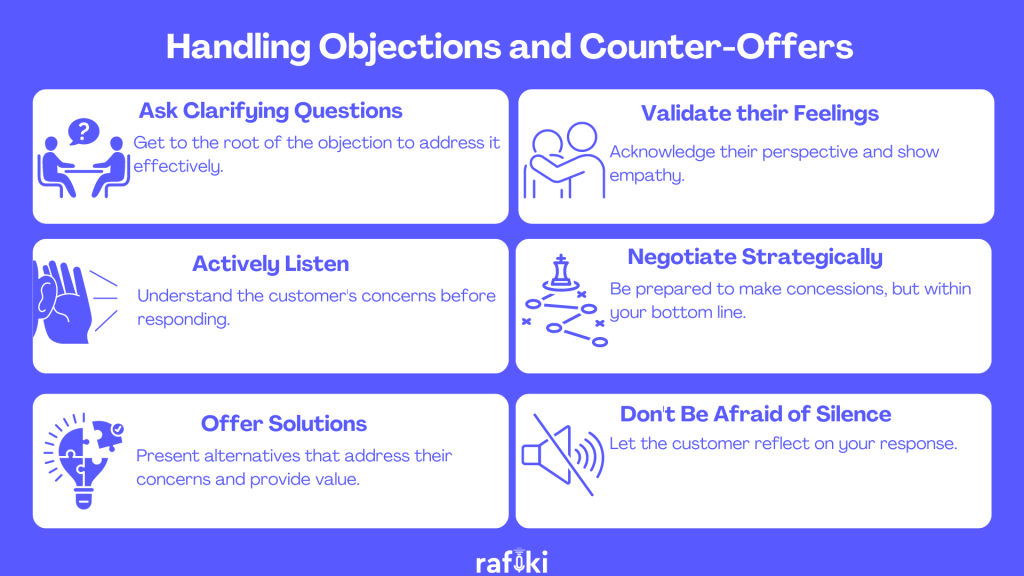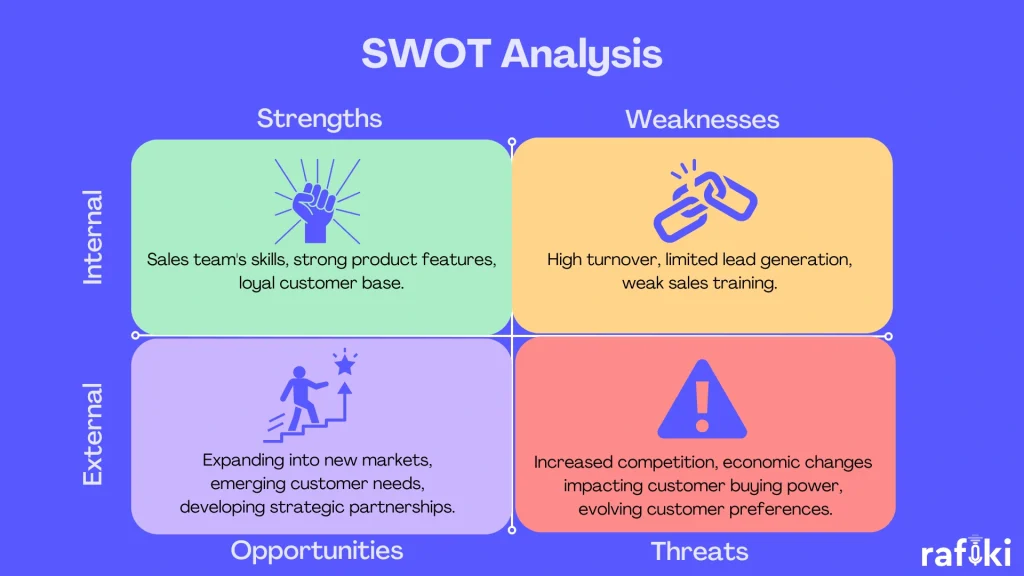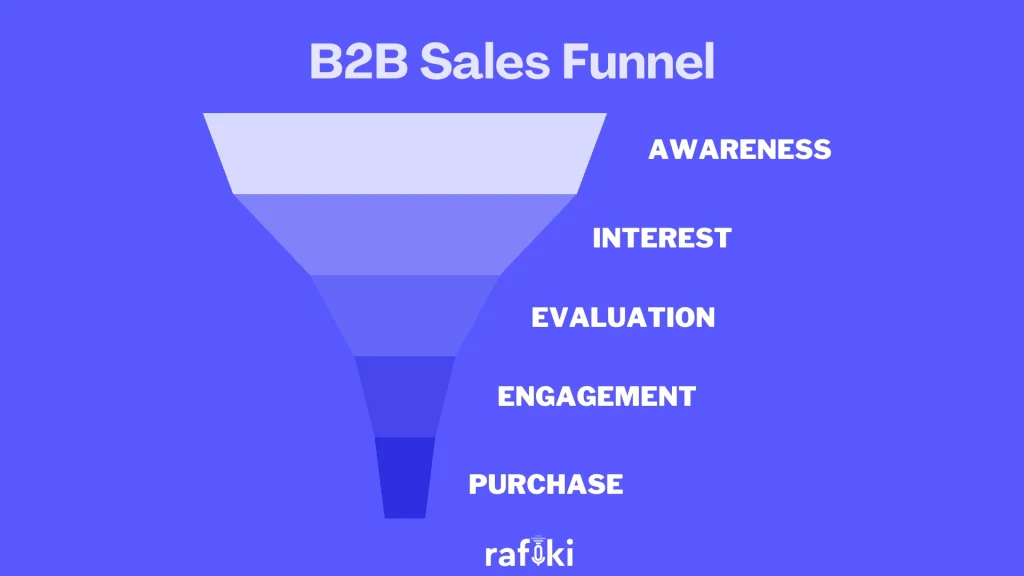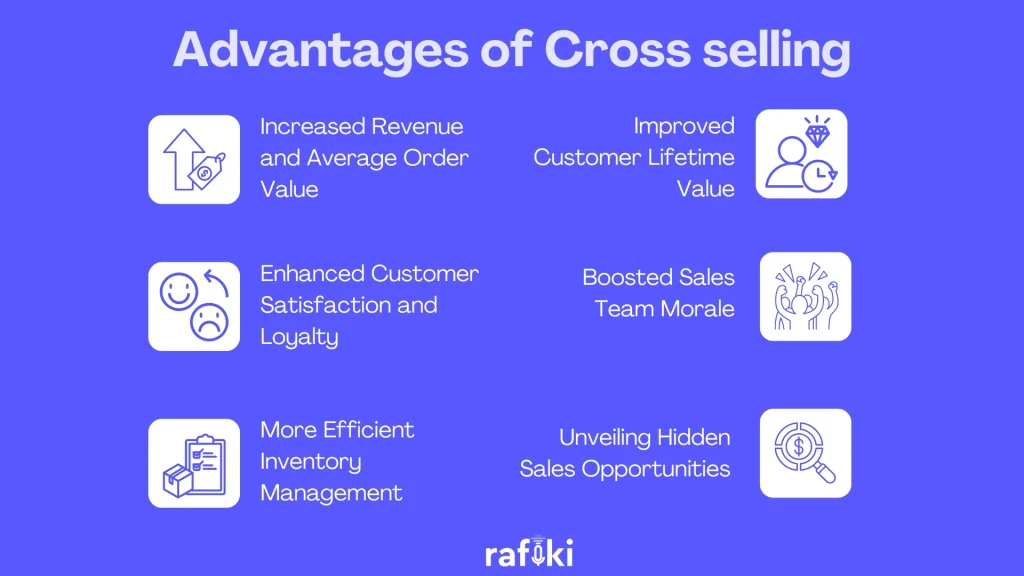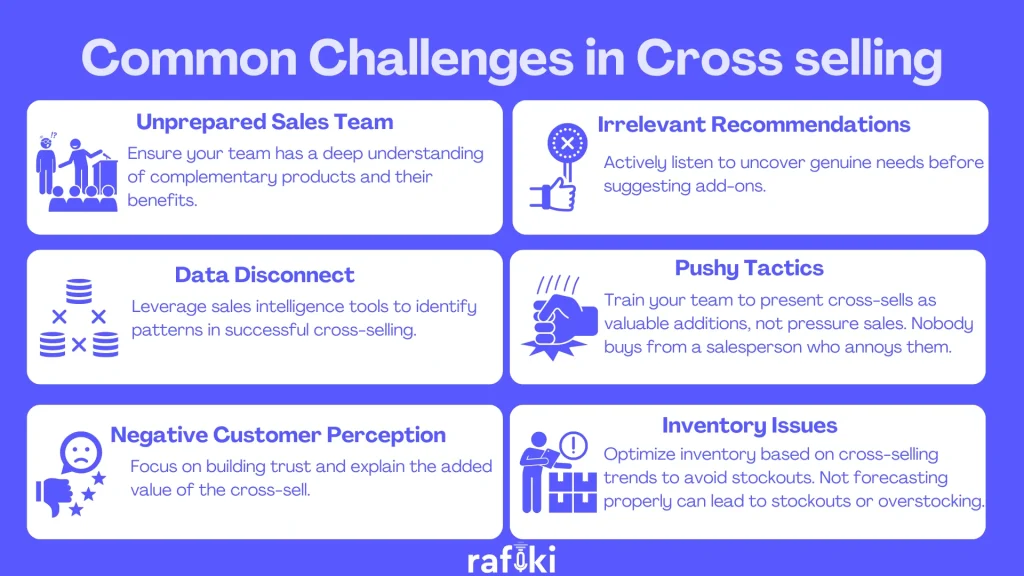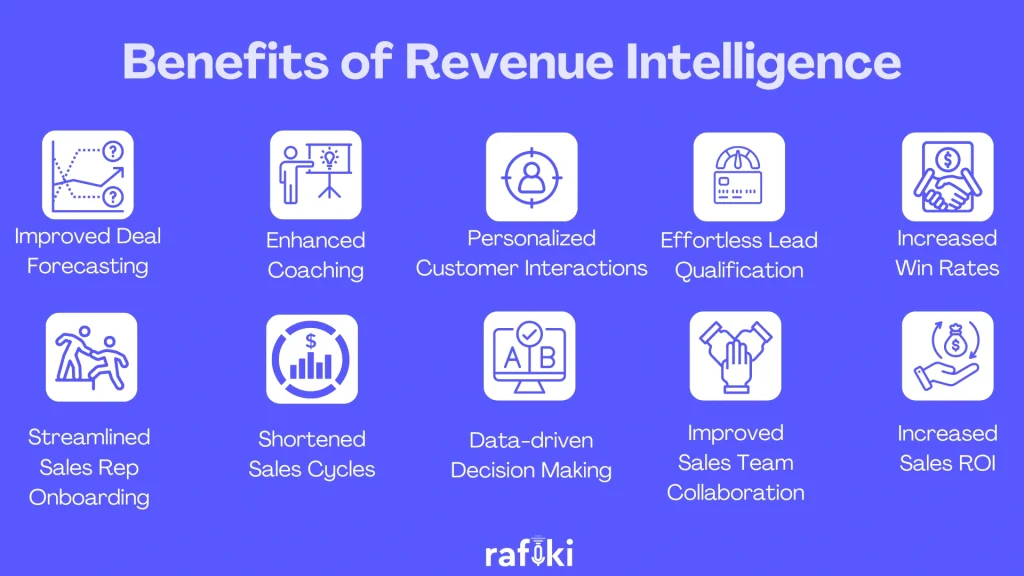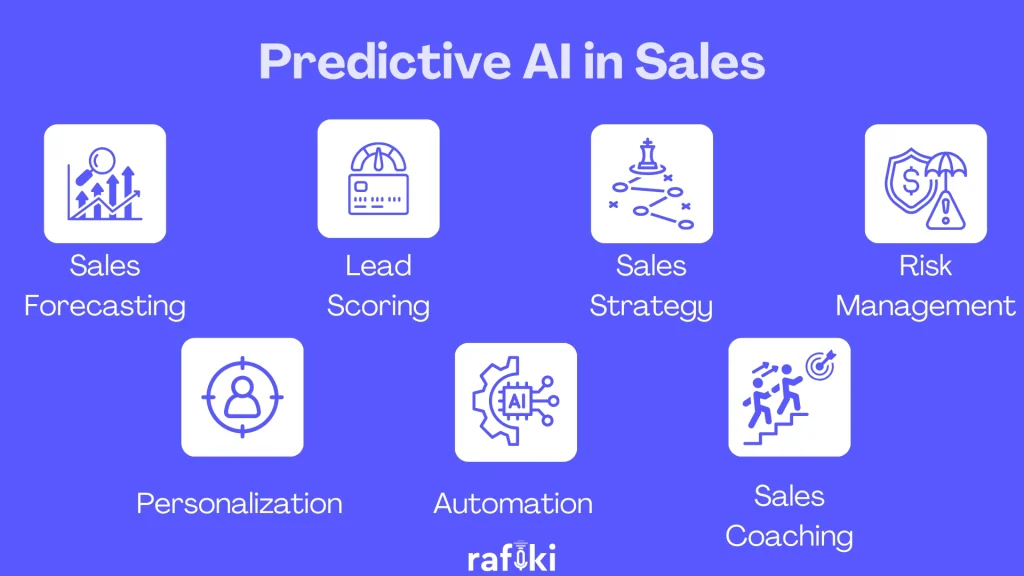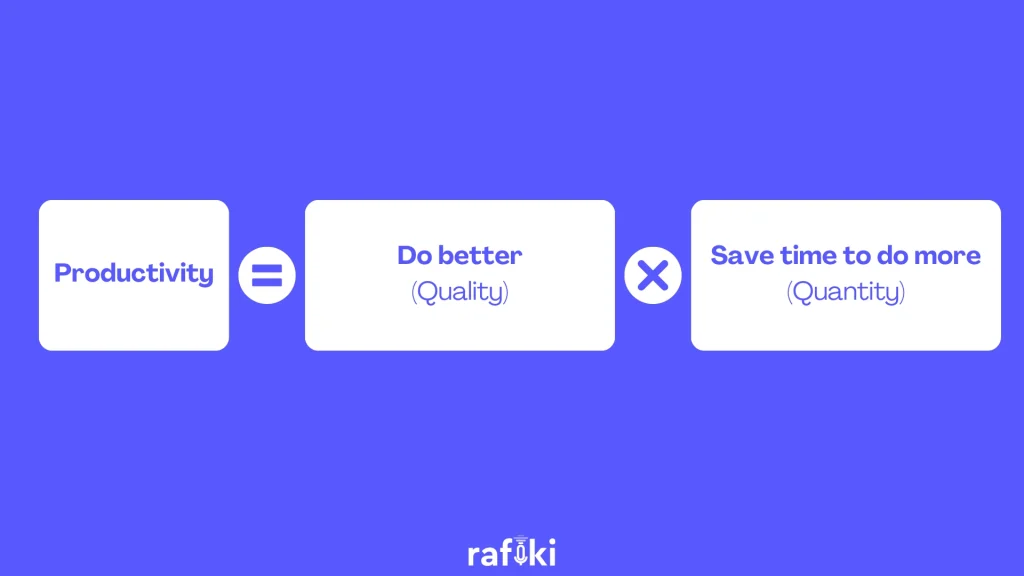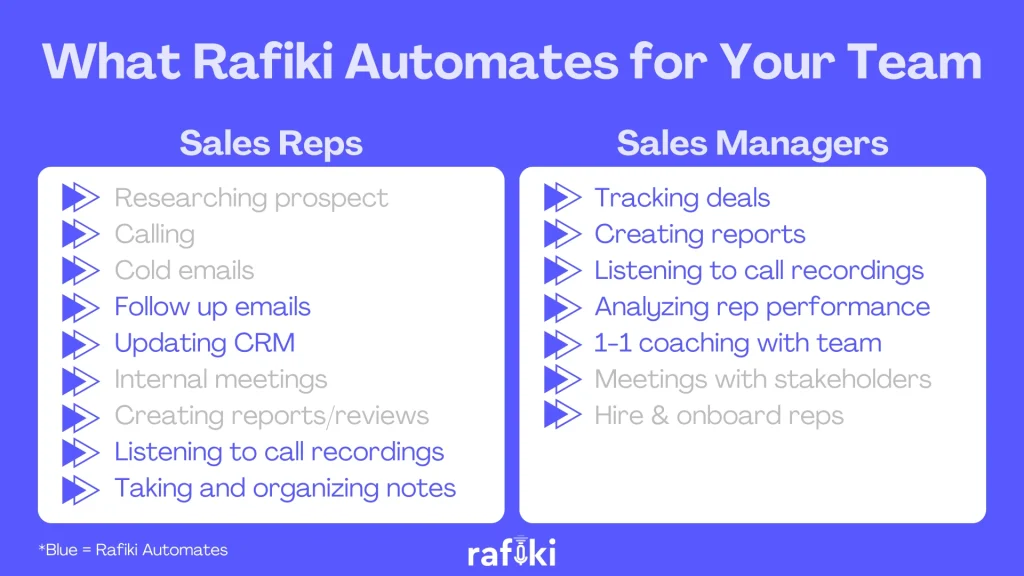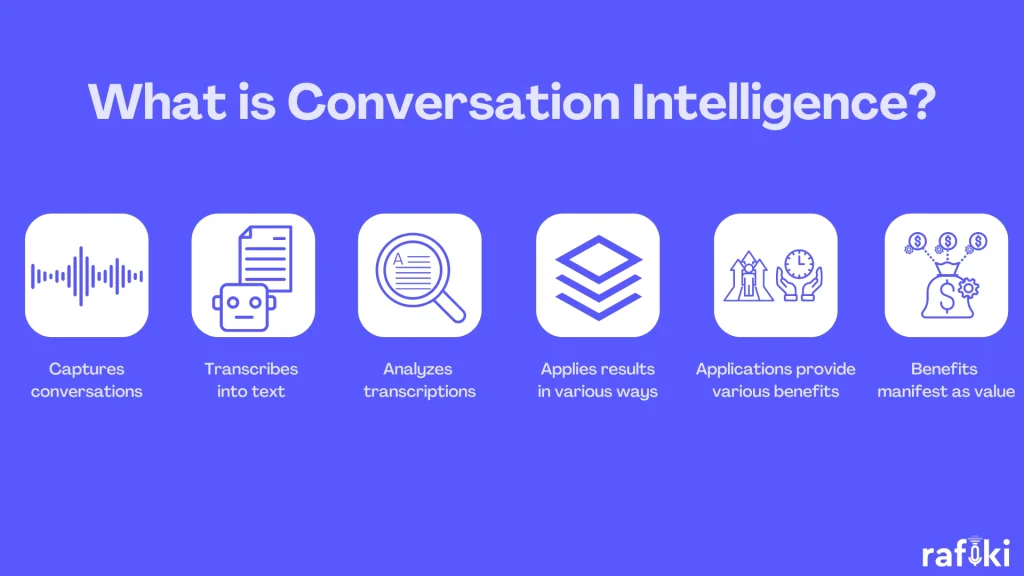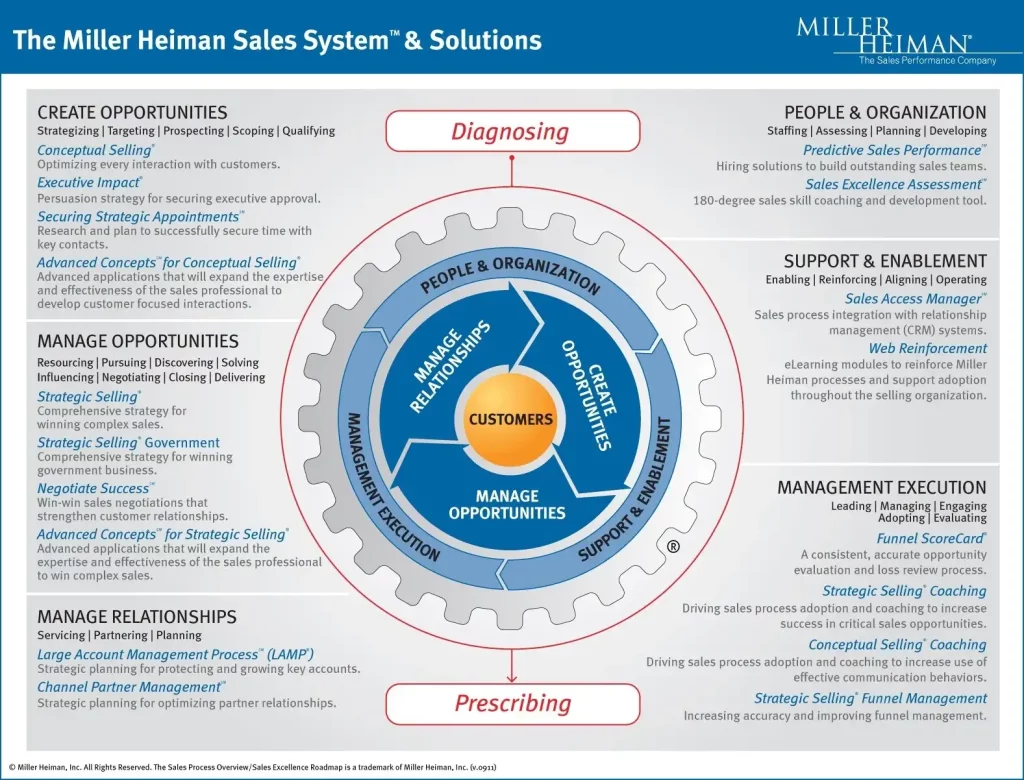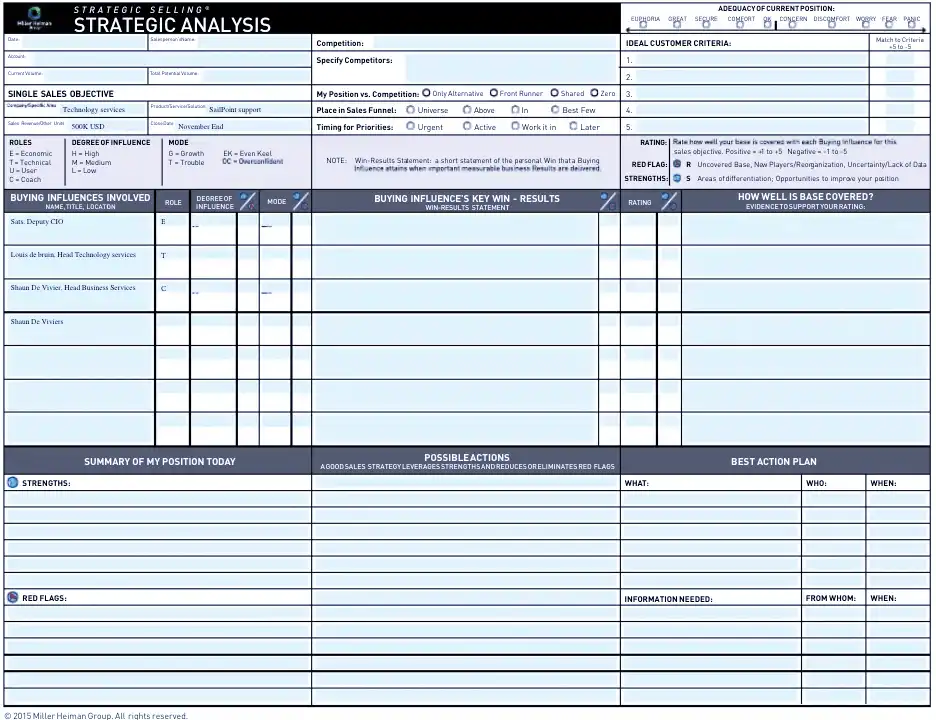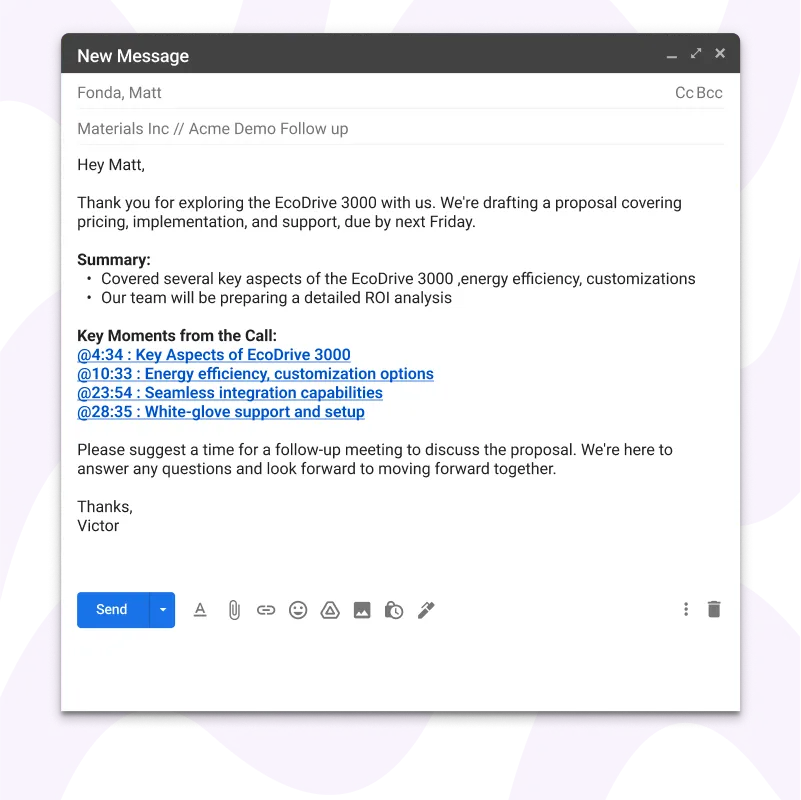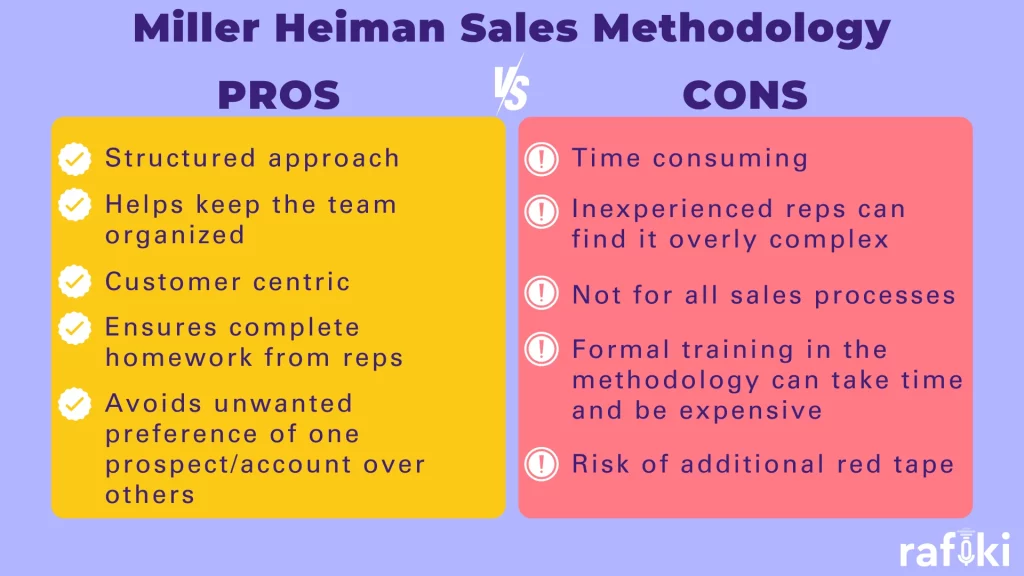Why Every Sales Team Needs Rafiki: Benefits and Best Practices
In today’s fast-paced and highly competitive sales environment, leveraging advanced technology is no longer a luxury but a necessity. Sales teams are under immense pressure to meet targets, manage customer relationships, and stay ahead of the competition. Traditional methods are often insufficient to handle these demands effectively, leading to the adoption of AI-driven tools that can significantly enhance sales performance. According to Gartner, by 2025, 75% of B2B sales organizations will augment traditional sales playbooks with AI-driven guided selling solutions. This shift underscores the critical role that technology plays in modern sales strategies .
Moreover, Forrester Research highlights that companies using AI for sales can increase their lead generation and qualification by over 50%, reduce costs by 40% to 60%, and increase call time efficiency by 60% to 70% . These statistics reveal the transformative impact that AI-driven tools can have on sales productivity and efficiency.
McKinsey & Company further emphasizes that data-driven sales organizations are 19 times more likely to be profitable than their peers . This data underscores the importance of utilizing tools that provide actionable insights, streamline processes, and enhance decision-making capabilities.
In light of these insights, Rafiki stands out as an essential tool for modern sales teams. It combines AI-driven analytics, real-time insights, and automation to empower sales professionals, making it an indispensable asset for achieving sales excellence. In this article, we will explore why every sales team needs Rafiki and share best practices to maximize its potential.
Key Benefits of Using Rafiki for Sales Teams
Enhanced Lead Scoring and Qualification
Rafiki’s advanced AI algorithms analyze sales interactions to identify high-potential leads. By evaluating factors such as customer engagement, interest levels, and conversation patterns, Rafiki helps sales teams prioritize prospects who are most likely to convert.
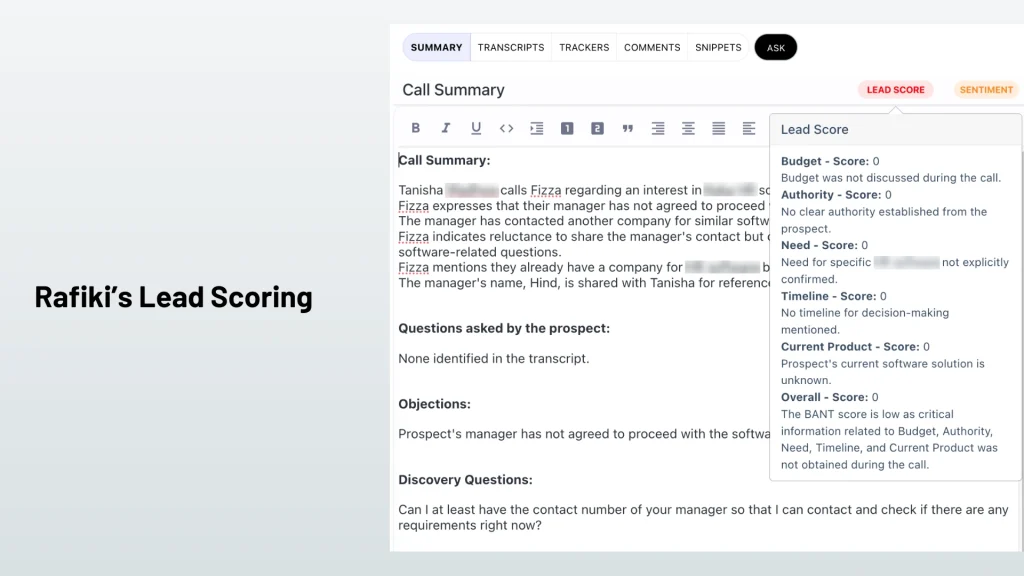
This targeted approach not only increases conversion rates but also ensures that sales efforts are focused on the most promising opportunities.
Improved Sales Coaching and Training
Rafiki provides detailed insights from sales calls, offering actionable feedback that can be used for continuous improvement and personalized coaching with its Smart Call Scoring. Sales representatives receive data-driven suggestions on how to enhance their pitch, address customer concerns more effectively, and close deals faster.

This continuous feedback loop ensures that sales teams are always improving and adapting their strategies to meet customer needs.
Streamlined Sales Processes
By automating repetitive tasks such as data entry, follow-up emails, and scheduling, Rafiki frees up valuable time for sales reps. This allows them to focus on high-value activities like building relationships and closing deals.

Rafiki’s automation capabilities ensure that no opportunities are missed, and sales processes are more efficient and productive.
Data-Driven Decision Making
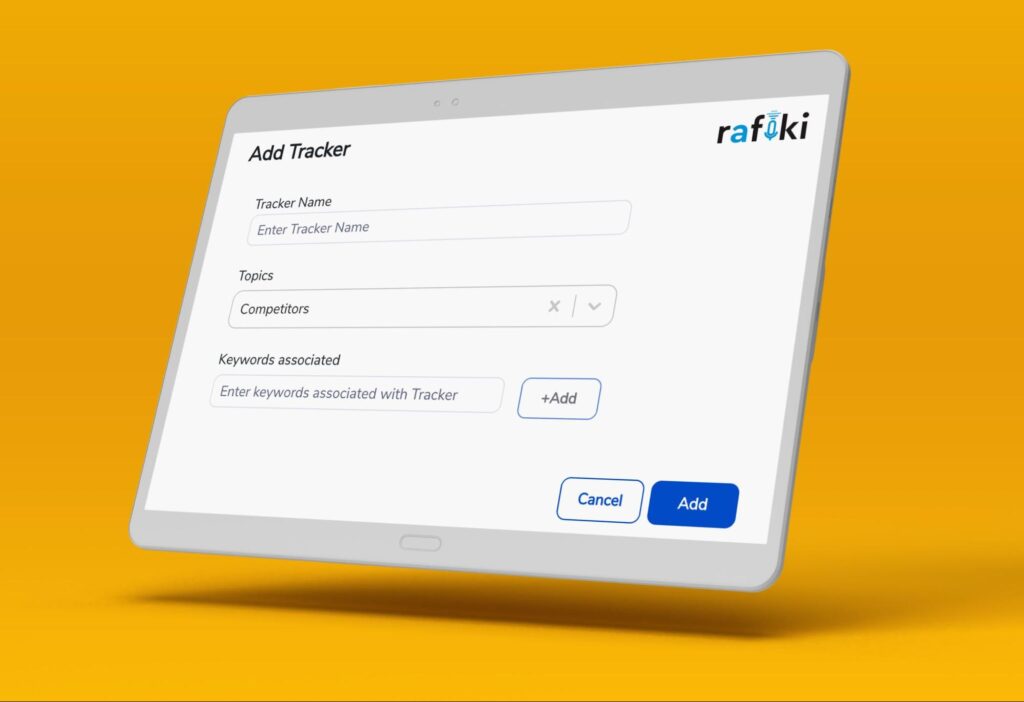
Rafiki provides comprehensive analytics and reporting, enabling sales teams to make informed decisions based on real-time data.
By tracking key performance indicators, sales trends, and customer behaviors, Rafiki helps teams refine their sales strategies and improve targeting. This data-driven approach leads to better results and a more strategic sales process.
Increased Collaboration and Communication
Rafiki fosters better collaboration and communication within sales teams and across departments. With centralized information and easy accessibility, team members can share insights, track progress, and align their efforts towards common goals.

Rafiki ensures that everyone is on the same page, leading to more cohesive and effective sales operations.
Personalized Customer Interactions
Rafiki helps sales teams deliver more personalized interactions by providing deep insights into customer needs and preferences. By understanding what matters most to each customer, sales reps can tailor their approach to resonate more effectively.

This personalization leads to higher customer satisfaction, stronger relationships, and increased loyalty.
By integrating Rafiki into their sales processes, teams can leverage these benefits to enhance their overall performance, achieve their sales targets more effectively, and maintain a competitive edge in the market.
Best Practices for Maximizing Rafiki’s Potential
Integrate Rafiki with Existing CRM Systems

To get the most out of Rafiki, it’s essential to integrate it seamlessly with your existing CRM systems. This ensures that all your sales data is centralized, making it easier to track and manage customer interactions.
Start by setting up the integration and syncing your data. Regularly update and clean your CRM data to ensure accuracy, as this will enhance Rafiki’s ability to provide valuable insights.
Customize and Personalize AI Settings
Rafiki’s AI settings can be tailored to align with your specific sales processes and goals. Customize the AI to focus on the metrics that matter most to your organization. Regularly review and adjust these settings based on evolving sales strategies and feedback from your team. This personalization ensures that Rafiki’s insights are relevant and actionable for your unique business context.
Regular Training and Workshops
To maximize Rafiki’s potential, ensure that your sales team is well-equipped to use the platform effectively. Conduct regular training sessions and workshops to familiarize your team with Rafiki’s features and capabilities. Encourage continuous learning by providing access to tutorials and support resources. This ongoing education helps your team stay up-to-date with the latest functionalities and best practices.
Leverage Detailed Analytics
Rafiki provides powerful analytics tools that can help you track performance and identify areas for improvement. Set up periodic reviews of analytics reports to monitor key performance indicators (KPIs) and sales trends.
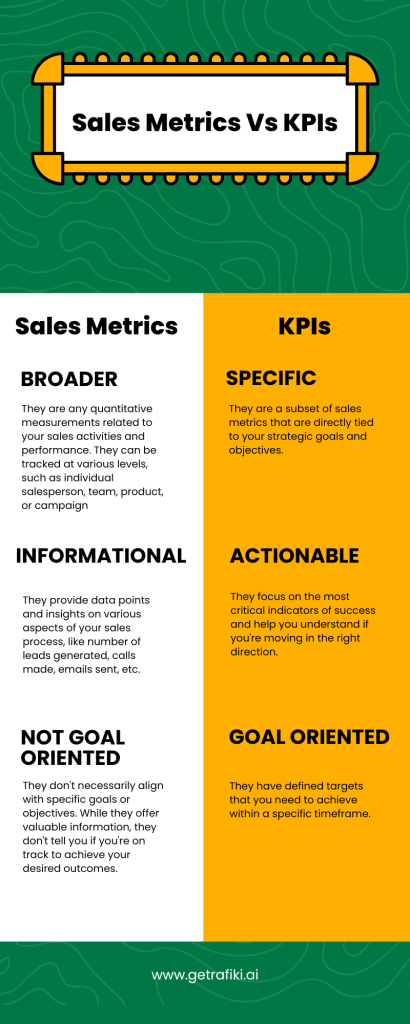
Use these insights to refine your sales strategies and make data-driven decisions. By regularly analyzing this data, you can proactively address issues and capitalize on opportunities.
Foster a Culture of Feedback and Improvement
Encourage a culture of continuous feedback and improvement within your sales team. Use Rafiki’s insights to identify strengths and areas for development. Create an environment where team members feel comfortable sharing feedback and suggestions. Implement regular check-ins and performance reviews to discuss progress and set goals. This collaborative approach ensures that everyone is working towards common objectives and continuously improving.
Automate Routine Tasks
Rafiki’s automation capabilities can significantly enhance your sales team’s efficiency. Utilize these features to automate routine tasks such as data entry, follow-up emails, and scheduling. This not only saves time but also ensures consistency and accuracy in your sales processes. By reducing the manual workload, your team can focus on high-value activities that drive sales growth.
By implementing these best practices, you can maximize the potential of Rafiki, enhancing your sales team’s performance and achieving your business goals more effectively.
Our Final Thoughts
Leveraging advanced technology like Rafiki is no longer optional—it’s essential for staying competitive. Rafiki offers a suite of powerful features designed to enhance lead scoring, streamline sales processes, and provide actionable insights through AI-driven analytics. By integrating Rafiki with your CRM, customizing its AI settings, and committing to continuous training and improvement, your sales team can significantly boost its efficiency and effectiveness.
The benefits of using Rafiki extend beyond mere automation. It fosters better collaboration within sales teams, enhances personalized customer interactions, and supports data-driven decision-making. These capabilities not only help in achieving sales targets but also in building stronger, more meaningful relationships with customers.
Maximize Your Team’s Potential
To maximize Rafiki’s potential, it’s crucial to adopt best practices such as regular training, leveraging detailed analytics, and fostering a culture of continuous feedback and improvement. By doing so, sales teams can ensure they are always at the forefront of innovation, ready to meet the challenges of the modern marketplace.
Embracing Rafiki is a strategic move towards transforming your sales operations, driving growth, and maintaining a competitive edge. By investing in the right tools and practices, your sales team can unlock new levels of success and ensure long-term business growth. Now is the time to harness the power of AI with Rafiki and lead your sales team to unparalleled heights.
